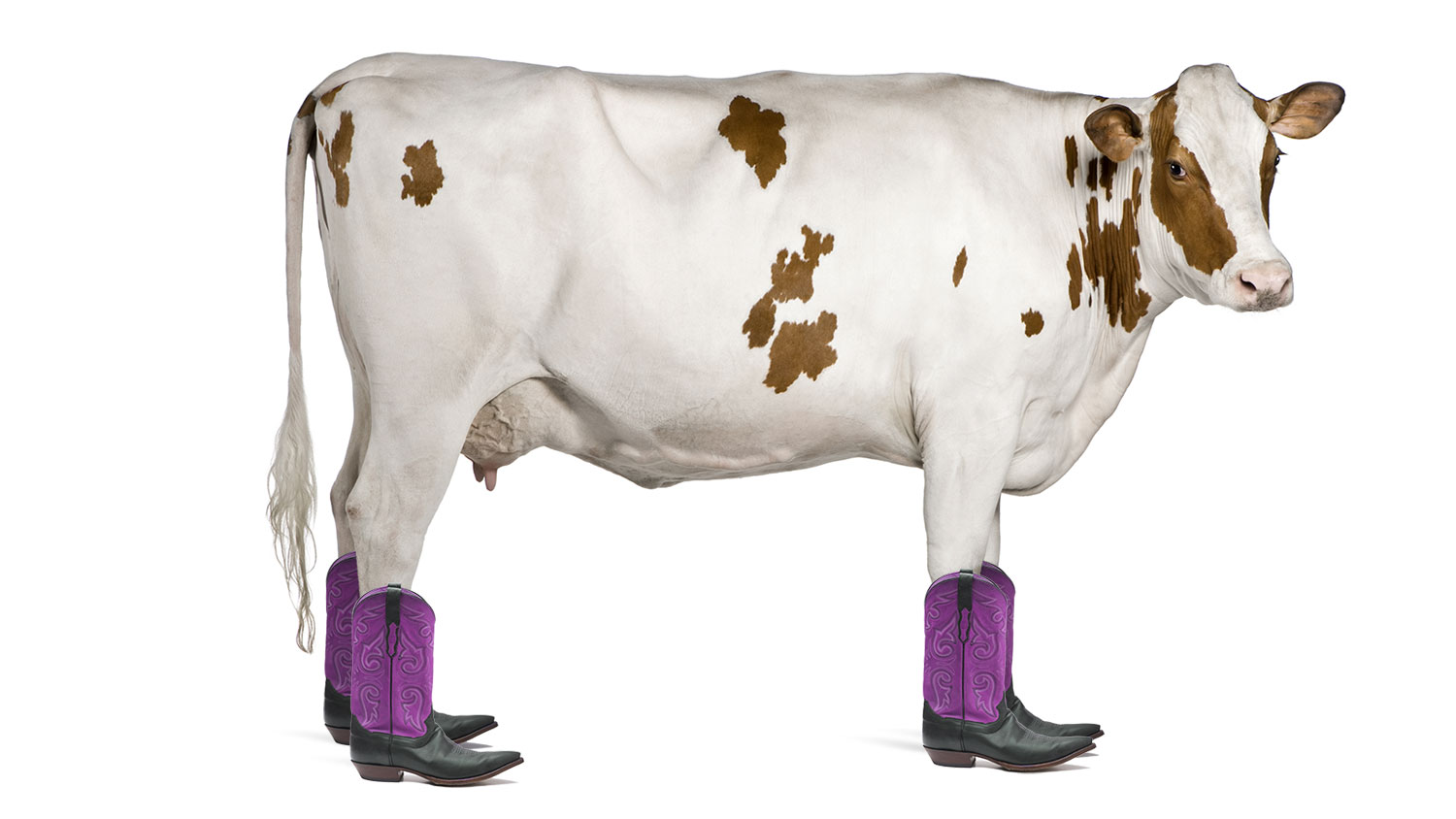Q. As someone devoted to both the environment and animal rights, I find it difficult to shop for belts, wallets, and shoes. How do I choose between leather and “vegan” options that often use materials derived from polyurethane? Is there a third option?
Patrick G.
New York, N.Y.
A. Dearest Patrick,
Whenever I receive questions like yours, I feel a bit like a spoiled teenager standing in front of a closet, clothes and shoes in heaps around me, wailing, “I have nothing to wear!” Because the deeper one digs into the environmental impact of our sartorial choices, the more one realizes that pretty much every textile has significant bummers associated with it, whether they come in production, processing, manufacture, and/or end-of-life disposal. But Patrick, we won’t leave you hanging in your stocking feet.
First, a look at leather. Obviously an animal product (usually cows), it’s verboten for many vegans for animal exploitation reasons. Beyond that, leather comes with a hefty environmental price tag: The typical process of tanning (essentially, preserving) an animal’s hide is often a trip to Pollution City. Tanneries use chemicals like the highly toxic and carcinogenic chromium, plus sodium sulphide, sodium sulfhydrate, arsenic, and cyanide. All too often that noxious mess ends up in the water, usually in the developing world where regulations are lax (here in the U.S., plenty of old tanneries are now Superfund sites).
On the plus side, some eco-conscious tanneries now treat the hides with an old-school vegetable process, which uses ingredients like tree bark and is much better for the earth and workers’ health. It takes longer to do, and it’s pricey, but that’s often the case with more ethically produced products, isn’t it? Leather also has the advantage of long life – it’s realistic to expect a nice, well-cared-for pair of boots to follow you for decades.
On the other hand, no animals are involved in the production of fake leather (aka manmade leather, synthetic leather, and pleather), so it gets the thumbs-up from vegans. But as you note, Patrick, vegan “leather” comes from plastic, a non-renewable petroleum resource. Some of it is the dreaded PVC (insert giant, blinking NO! sign here). More of it is polyurethane, a safer and less polluting plastic, but a plastic nonetheless. Pleather requires energy and resources to create, but then again, we must consider the environmental impact of raising cows when we look at leather (it isn’t tiny).
Then what to wear? What not to wear? I’ve given this advice before, but how about hitting the secondhand store to find new-to-you shoes, belts, and wallets? An existing item has already made its impact on the environment, so you can buy with a clear conscience. Plus, you’re avoiding a new purchase and diverting something from the landfill. If you’re OK with wearing leather at all, Patrick, this is the way to go, and you can probably find high-quality faux leathers in the vintage aisle, too.
If you must buy new, never fear: There’s more to footwear than leather and fake leather. Like cotton, hemp, linen, cork, canvas, and recycled rubber, for instance. Nothing is perfect, naturally – even organic cotton is a water-guzzling crop – but these are all viable options. Some synthetic shoes are even made from recycled plastic (sometimes sourced from PET bottles!), and some brands take their shoes back to resurrect as picnic tables. It may take a little hunting to find a pair of kicks that match your values, but I assure you the options are out there. Hint: Start by searching for “eco-friendly shoes” or “ethical shoes.”
Belts and wallets are a little easier. If you’re into the woven look, cotton, jute, and hemp belts will keep your pants up with aplomb. Not so much? What about one of these recycled plastic belts? Or this one, made from upcycled bike tubes? Your cash can make its home in a wallet made from canvas, cork, or even stainless steel fibers. Or look out for creatively repurposed billfolds made from bike tubes again, duct tape, seat belts, coffee bags … really, the list goes on, limited only by your taste.
One last bit of advice, Patrick: Whatever you choose for footwear, waistwear, and back-pocketwear, buy with an eye toward classic, high-quality items. The longer they last, the less you’ll have to buy replacements – now there’s a good choice without tradeoffs.
Tannedly,
Umbra


